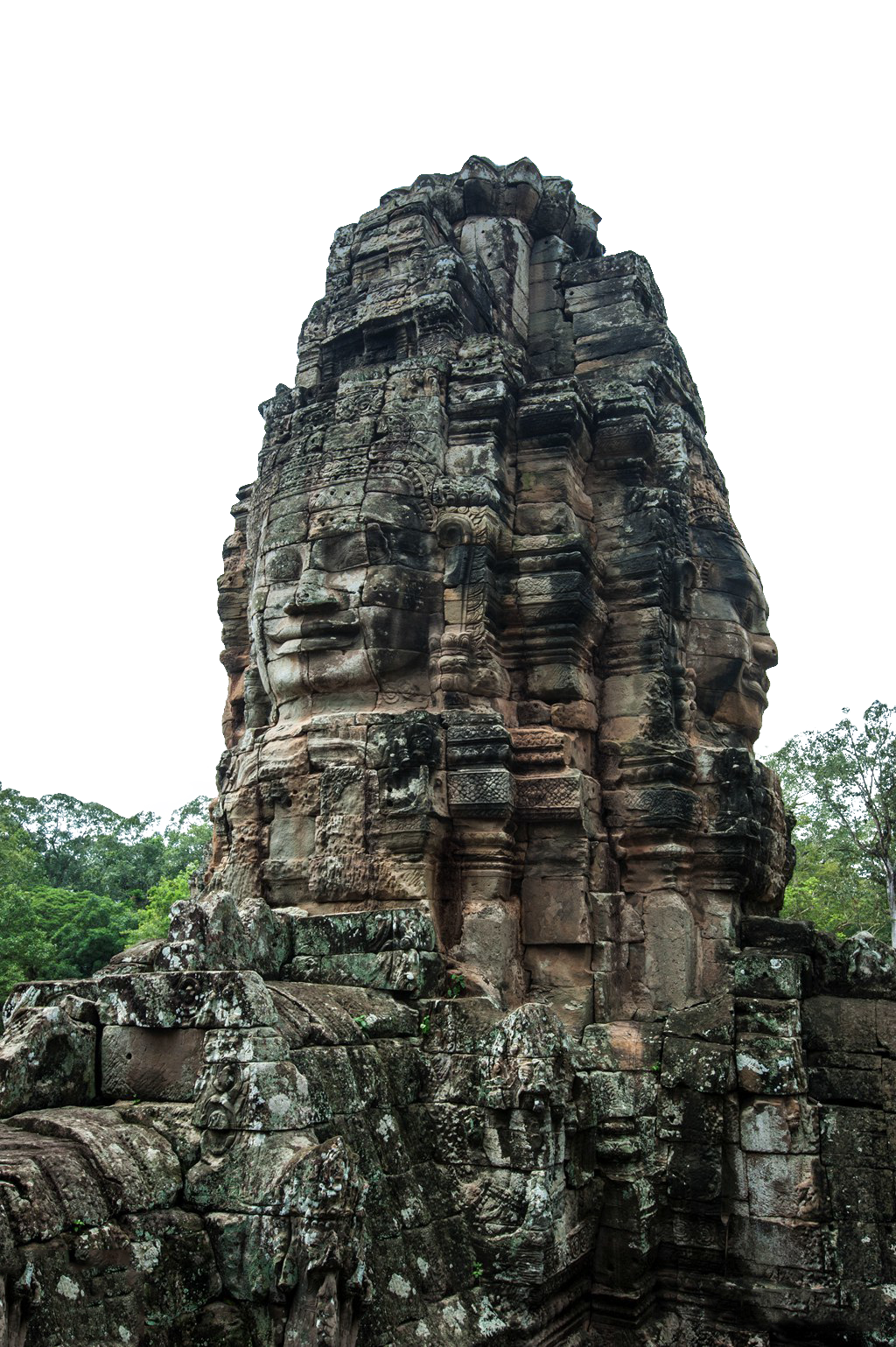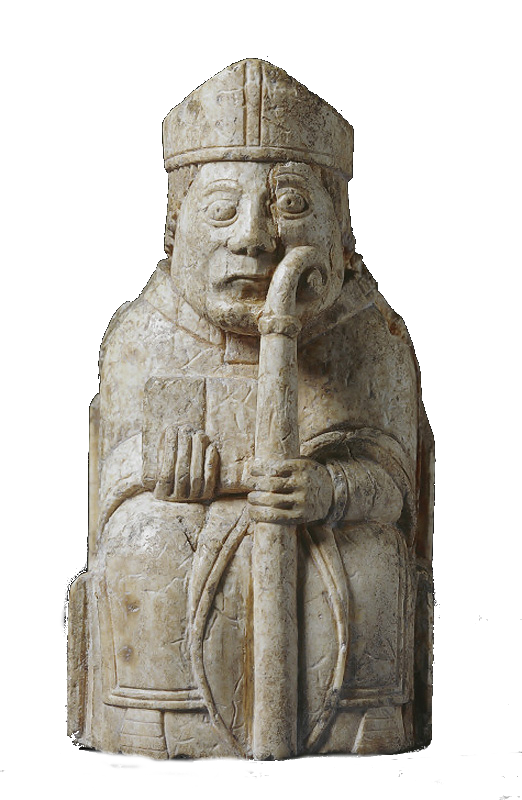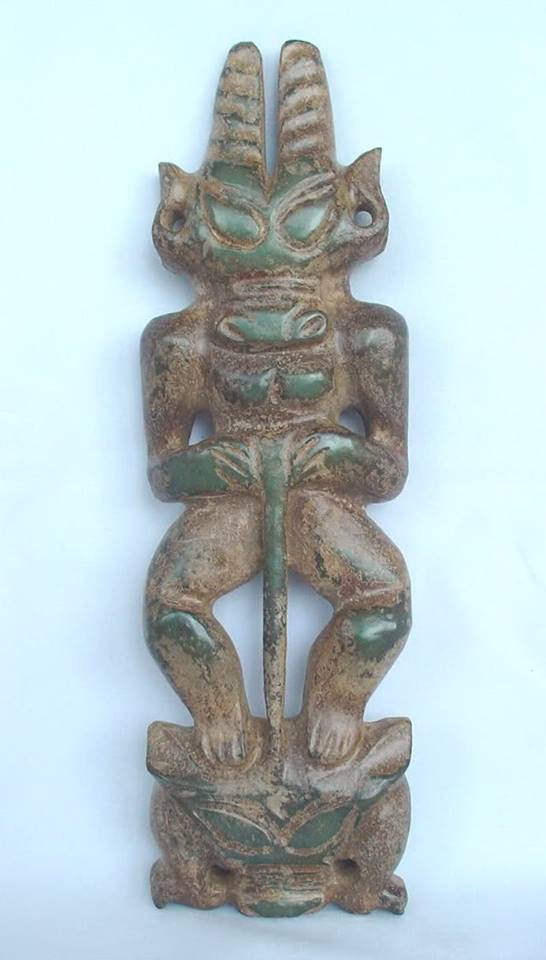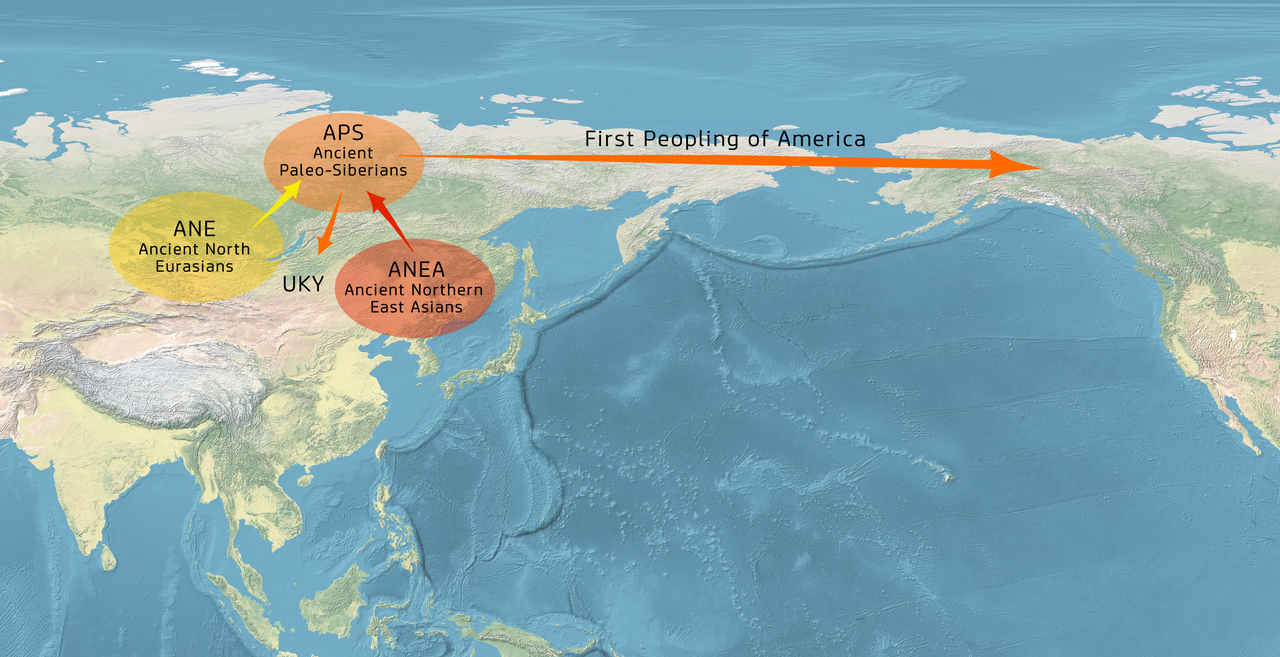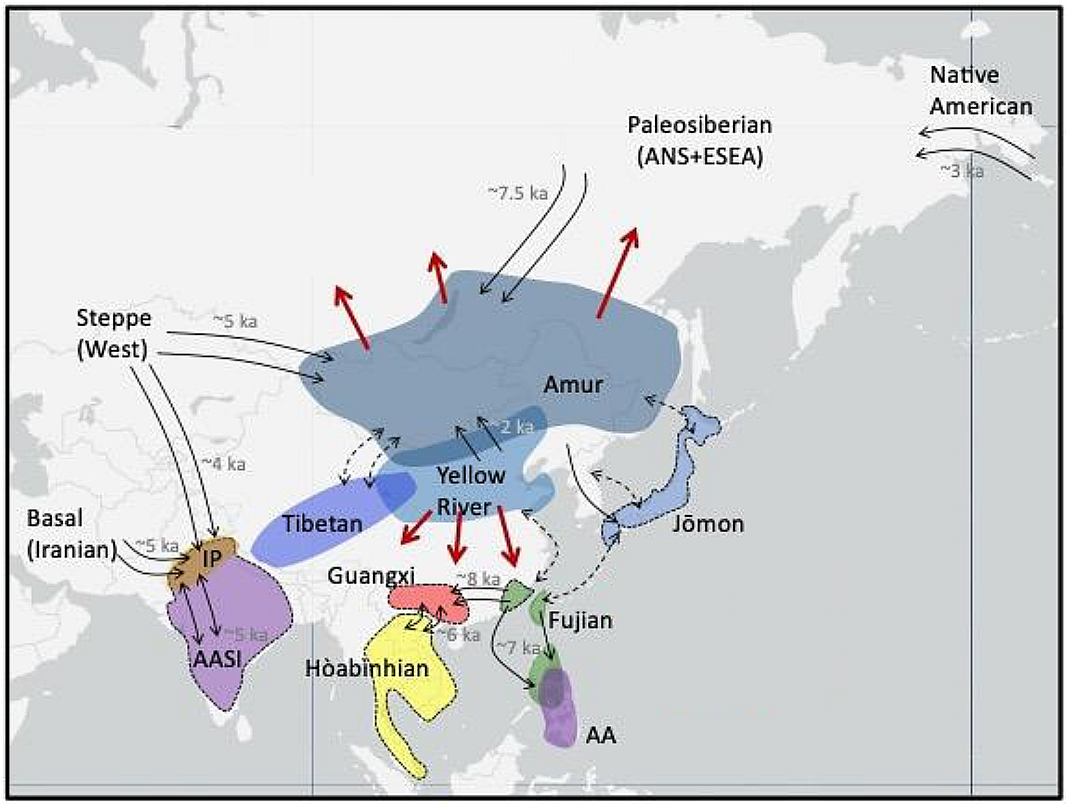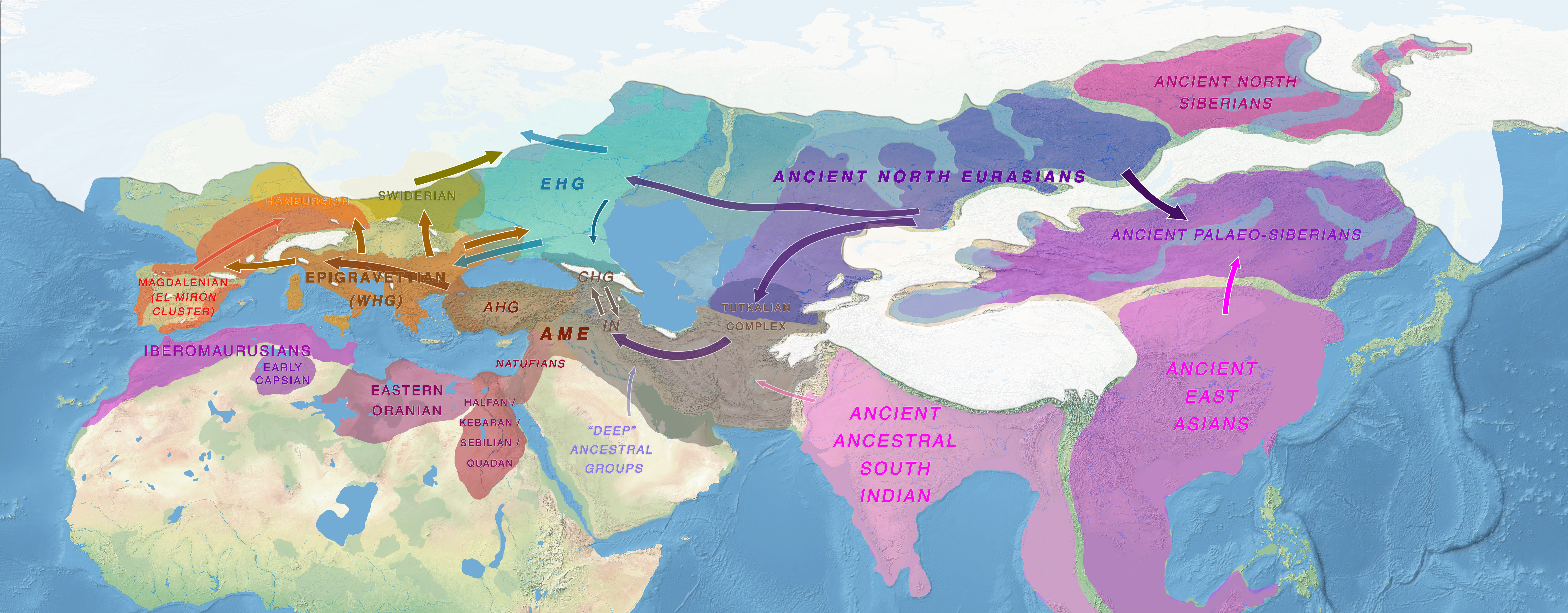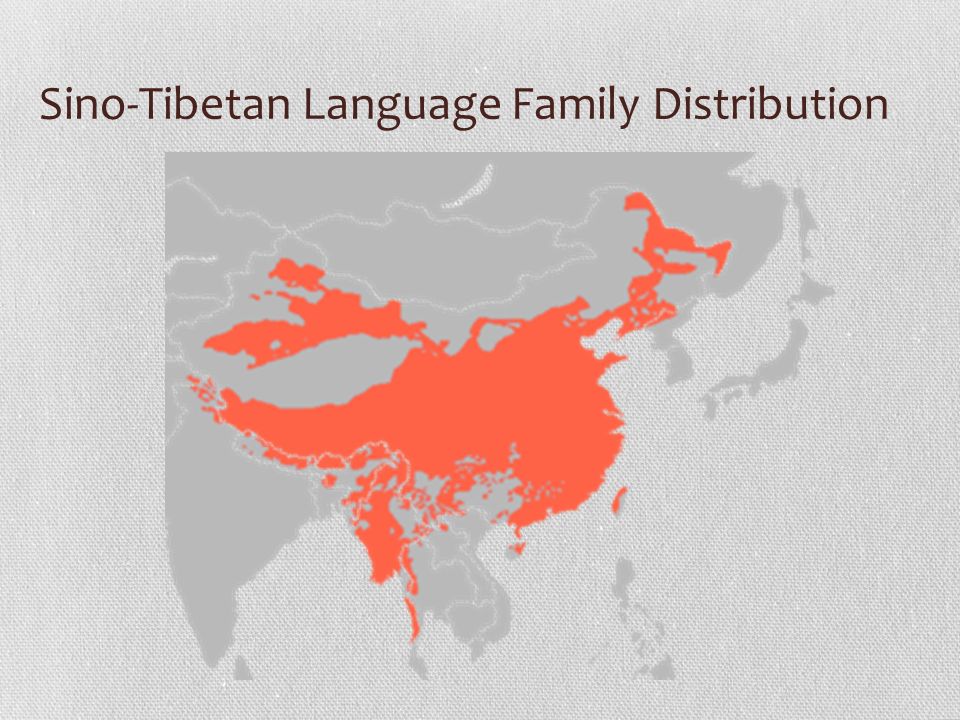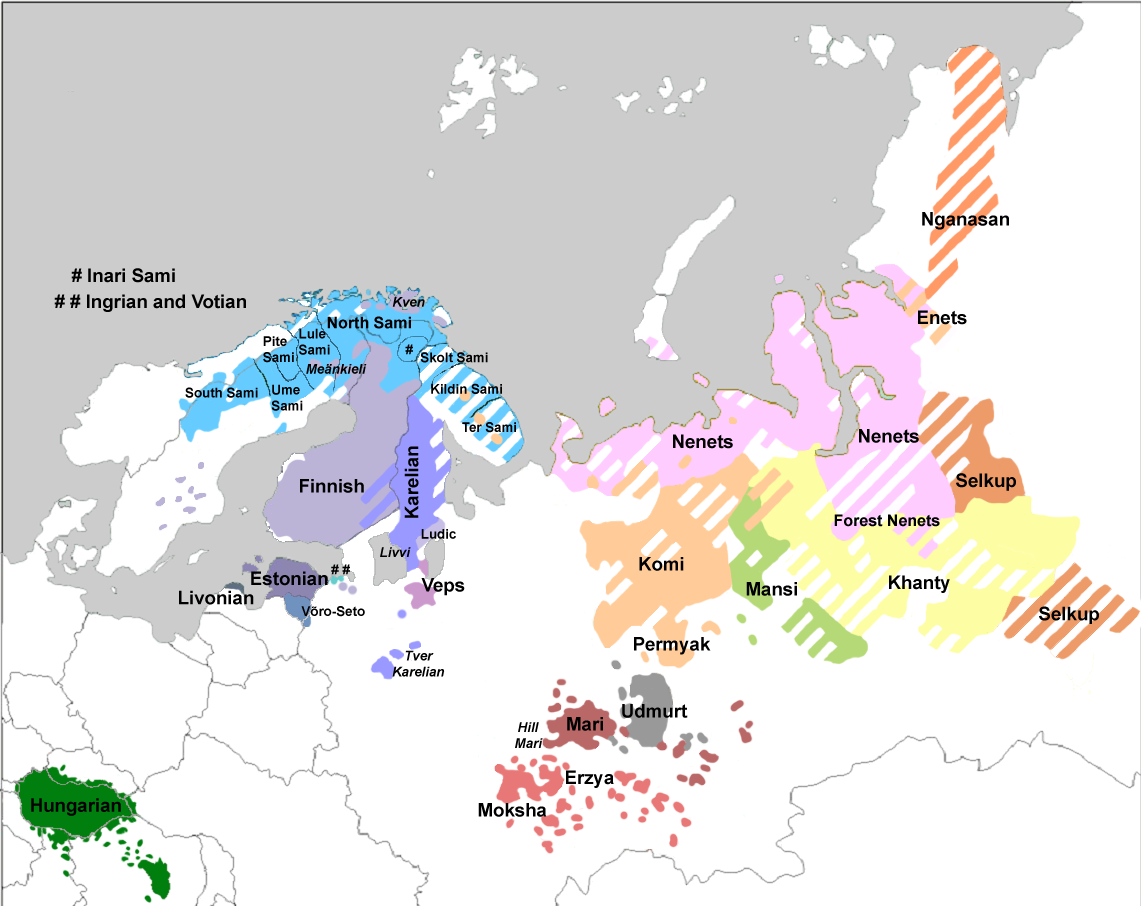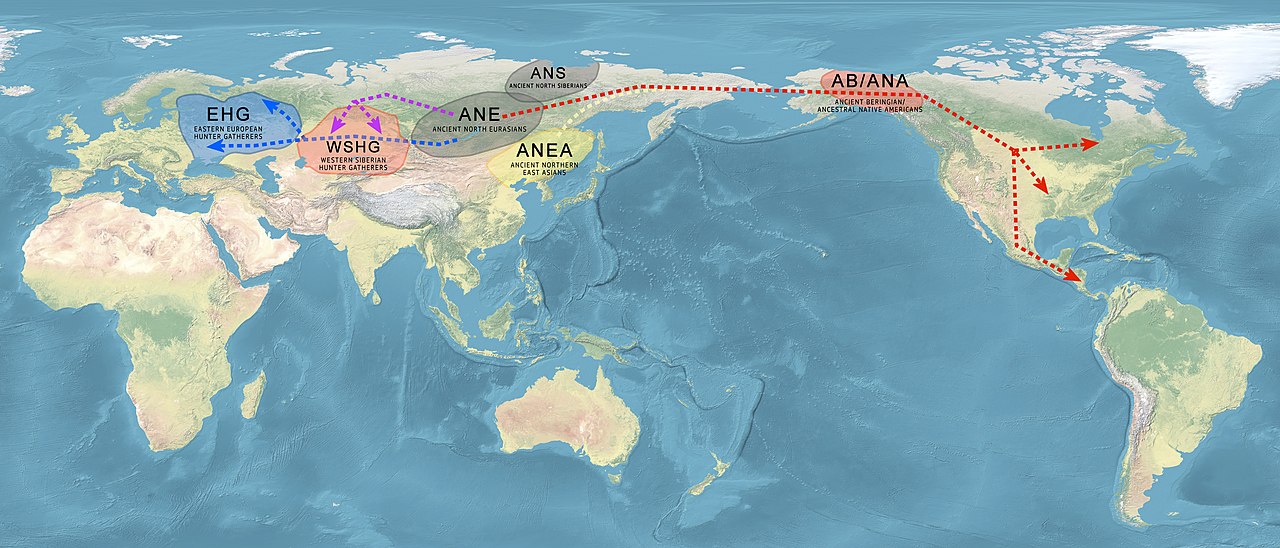Pre-imperial Chinese artefacts always remind me of native American art. I wonder if there's a common cultural base? (After all, the land bridge would have been along the way)
I'm not thinking a direct sustained cultural exchange, but rather something like a common cultural ancestor whose presuppositions led to similar artwork much later, in the same ways a lot of artwork has Greece as a common ancestor around the world. Even Hindu culture over in India was influenced by Greeks who made it that far east thanks to Alexander.
